Under the Sea: Life in the Sanctuaries
Black Rockfish

Black rockfish are large, powerful swimmers. They, like other rockfish, suspend themselves in the Kelp's stipes so that smaller fish (prey species) can't see them.
Purple Striped Jellyfish
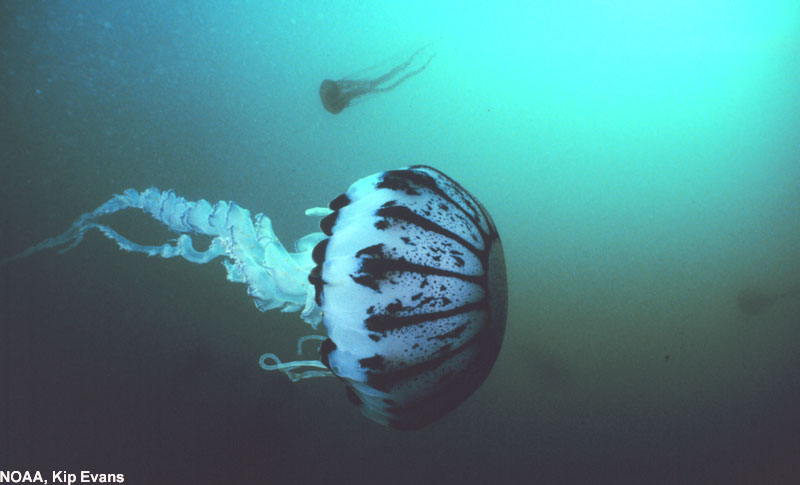
A purple striped jellyfish -- Pelagia panopyra - possesses very potent stingers. This purple striped jellyfish is just one example of the many types of jellies that mysteriously appear and vanish throughout the year in the Sanctuary.
Sea Lions

The most abundant pinniped (seals and sea lions) in the Sanctuary is the California sea lion (Zalophus californianus). Over 80,000 California sea lions live and breed in the Channel Islands. Sea lions live in herds and can weigh up to 700 pounds! One will usually see these playful mammals basking in the sun on shore or playing with other sea lions underwater.
A Townsend Angelfish
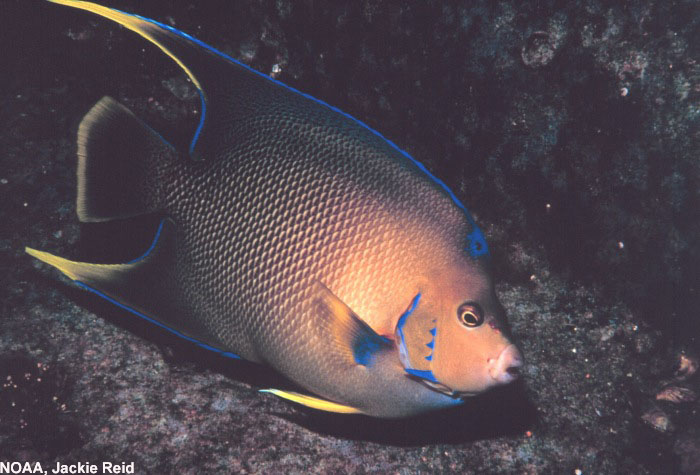
A Townsend Angelfish (Queen & Blue mix) taken at Flower Garden Banks National Marine Sanctuary.
The Great White Shark

Not as big as the dinosaurs, but possibly as old, sharks first appeared 450 million years ago! As the largest predatory fish in the ocean, great white sharks are the top predators of the sea. Shortly after the release of “Jaws,” long behold, sharks had gotten a bad reputation as fearful, harmful, man-eating creatures. Of course, this concept is totally incorrect, as shark attacks on humans are rare.
Black-Necked Stilts
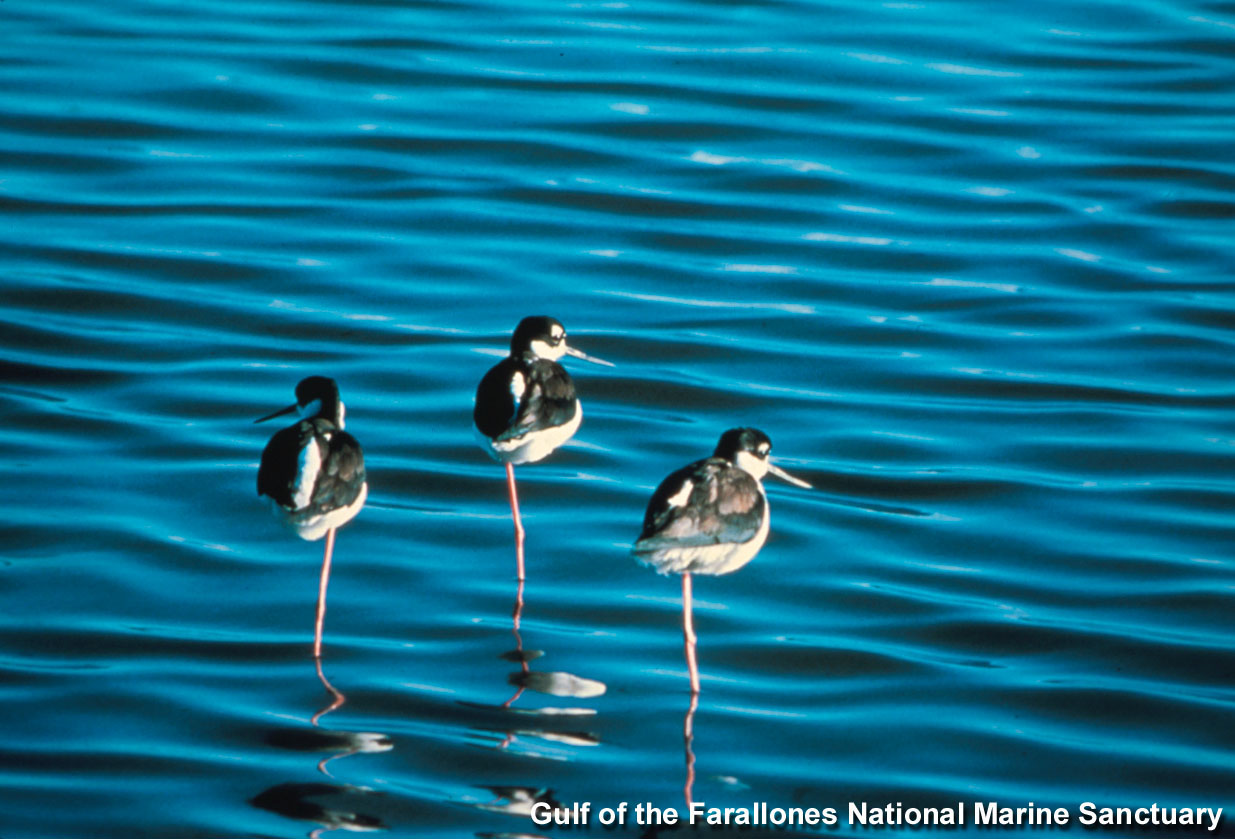
Black-necked Stilts rest in the shallow water of an estuary in the Gulf of the Farallones.
Orange Tessellated Blenny
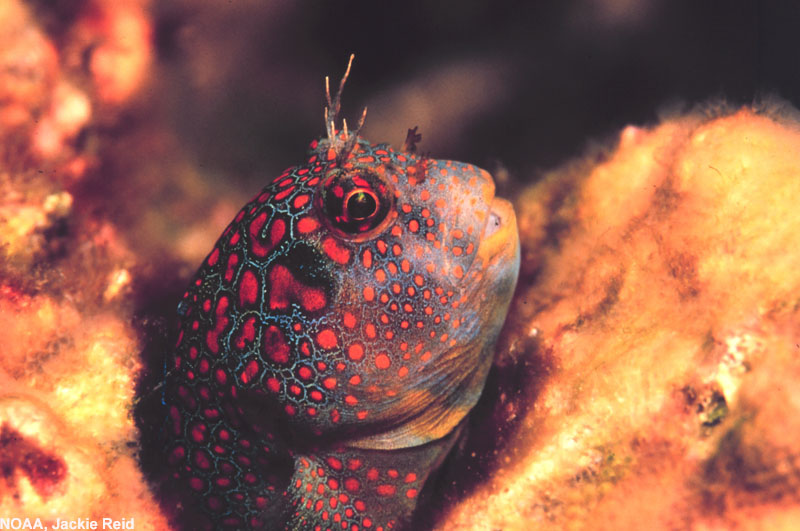
An Orange Tessellated Blenny taken at Flower Garden Banks National Marine Sanctuary.
Get the world’s most fascinating discoveries delivered straight to your inbox.
School of RockFish
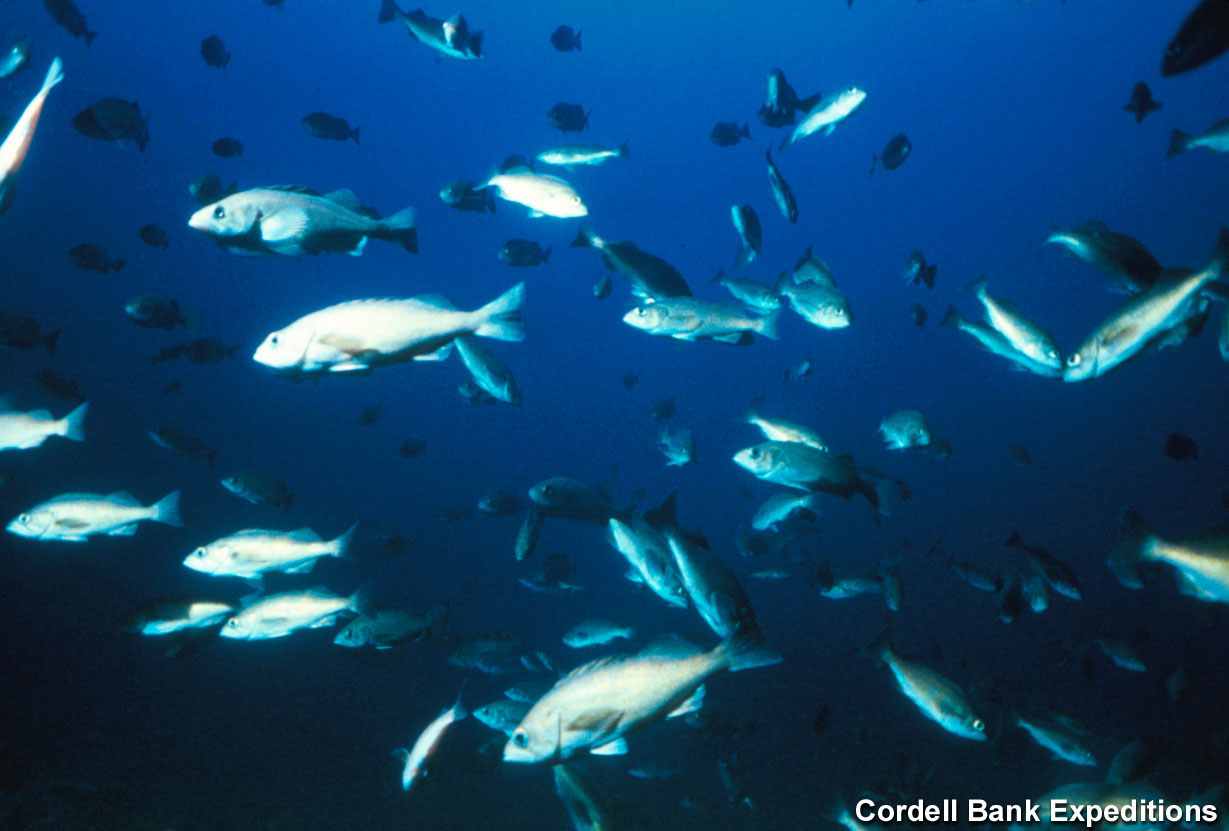
A mixed species school of rockfish hang mid water in the boundless blue ocean above Cordell Bank.
Humpback Whales

Humpback whales engage in cooperative lunge feeding on krill-tiny crustaceans abundant over Cordell Bank. These baleen whales filter the tiny shrimp-like animals from the water column in big mouthfuls.
West Indian Manatee

The Florida Keys National Marine Sanctuary is visited by several marine mammal species, including the endangered West Indian manatee (Trichechus manatus). Manatees are winter visitors, while species like the spotted dolphins and bottlenose dolphins can be seen throughout the year.
The Four-Eye Butterflyfish
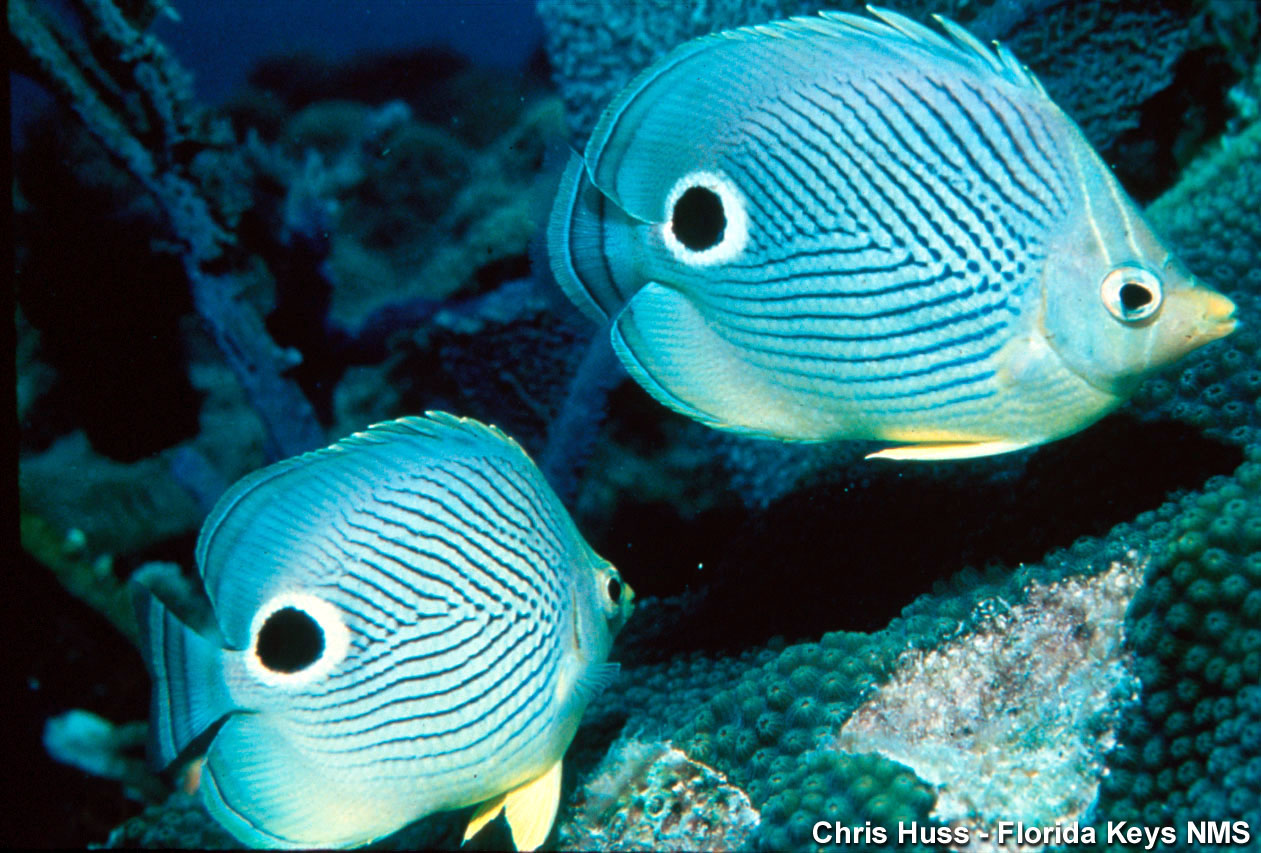
The four-eye butterflyfish (Chaetodon capistratus) is one of hundreds of fish species, which inhabit the reef environment of the Florida Keys. The butterflyfish mates for life and therefore you will often see two of them. If you can imagine two butterflyfish nose to nose, they look like a butterfly. It is easy to see how they got their name.


